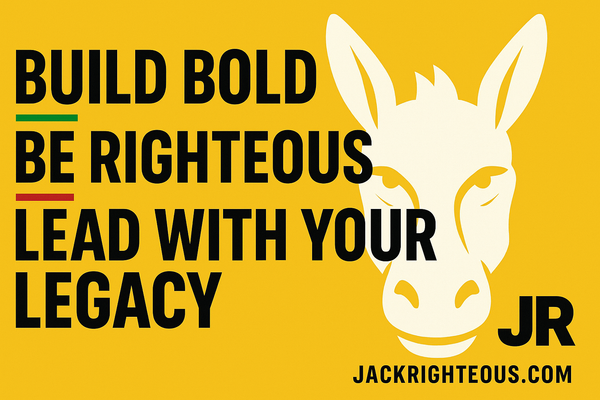Beyond AI: Mastering Your Tracks for Success in the Music Industry
Gary WhittakerBeyond AI: Mastering Your Tracks for Success in the Music Industry
Think creating an AI-generated song is the end of the journey? Think again. Discover the essential next steps to take your AI music from good to great, and compete with the best in the industry.
Introduction
Many newcomers to AI music, as well as industry experts, have misconceptions about AI music. Some believe tools like Suno AI should produce a viable song with each attempt, while others warn about the dangers of AI music taking over, citing millions of AI tracks generated weekly. I'm not here to say who's right or wrong, but to provide important information about what’s involved in getting your music to the next level after it's created in Suno AI.
What everyone seems to ignore is that the Suno part of it is really only half of the journey. In music creation, we have both composition and production. They all know about it since that’s how revenue splits are decided, yet they conveniently ignore the production side of things. Sure, you can simply take your Suno AI track and use Distrokid to "master" the track and distribute it to all the DSPs, but as I mentioned in my previous article, getting fans without more intensive mastering will be a near-impossible task.
"Real" musicians take days, weeks, months, and even years finalizing the composition and then weeks or months (especially due to the high cost) to get the track mastered. AI tools have now made the ability to be viable an affordable goal to a much wider audience. With Suno, you can download the track as either an MP3 or WAV file, and now Suno offers the option of creating STEMS which can also be downloaded individually (currently, there are only two: Vocals and Instrumental).
Using Audacity for Basic Editing
A FREE tool that I highly recommend is Audacity. This will allow you to do basic editing for your track, such as clipping where it should start and/or end, doing basic noise reduction or canceling, adding or removing silent pauses, and adding basic effects like reverb. You owe it to any potential fan to listen to your best effort. They won't be as emotionally attached to the song as you are, and with the quality of music you are competing against, they will be quick to hit skip if you don't remove obvious issues with the track.
The Importance of Professional Mastering
On a personal note, one of my more humbling experiences comes every Friday when I listen to a new release of mine on Spotify. Especially for the music I release on Fridays, they tend to be tracks where I have made dozens of previous versions to craft the lyrics, the sound, and the dynamics to where I feel a deep personal connection. I blast the song on Spotify and I'm really feeling the music and myself as an artist, until that auto playlist comes on and gives me a similar sounding record that is produced and mastered by professionals. My track is just blown out of the water. This is why I have decided to step up my game and work on at least some of my latest Suno tracks in Bandlab.
Bandlab is a powerful tool that can take your AI-generated tracks to the next level. It allows for more sophisticated editing, mastering, and collaboration with other musicians. Check out my detailed guide on [Bandlab vs. Bandcamp: Optimize Your Suno AI Music Journey] for more insights.
Conclusion
Creating a song with Suno AI is just the beginning. To truly compete in the music industry, you need to invest time in mastering and production. Use tools like Audacity for basic editing and consider more advanced platforms like Bandlab for professional results. Your fans deserve the best version of your music, and with the right steps, you can deliver it.
